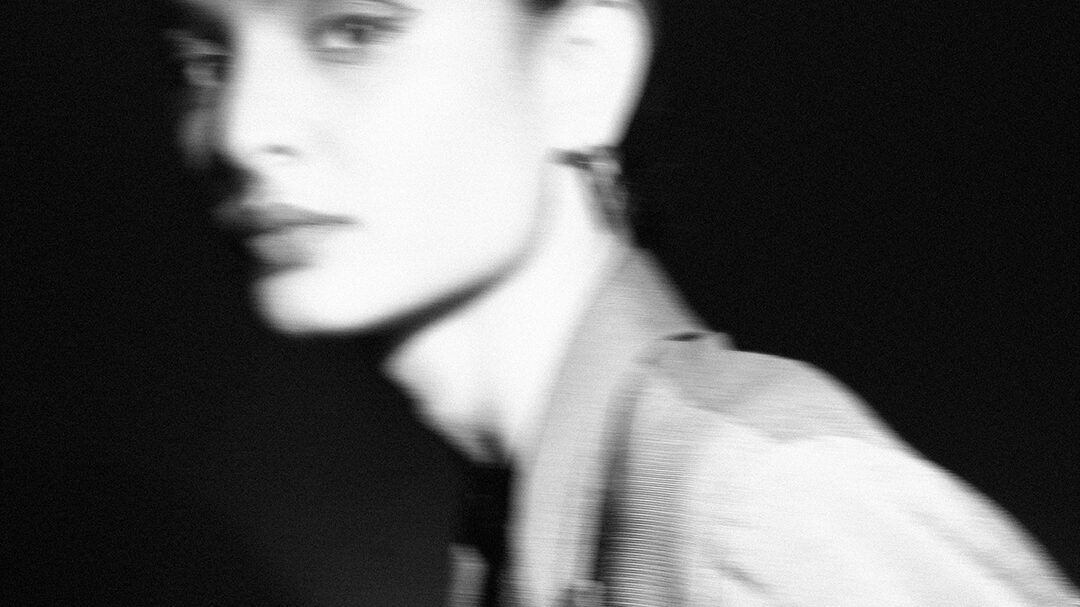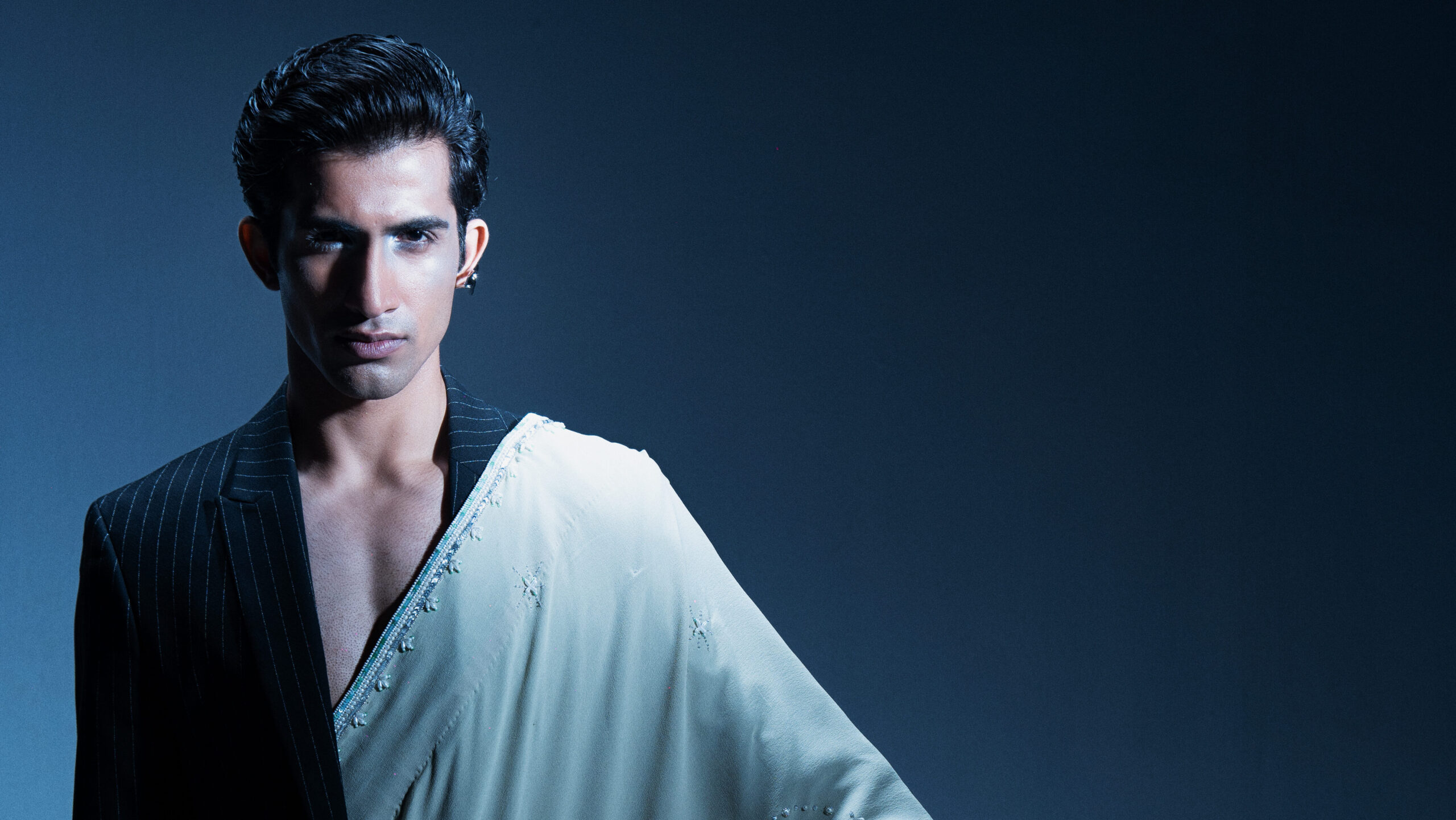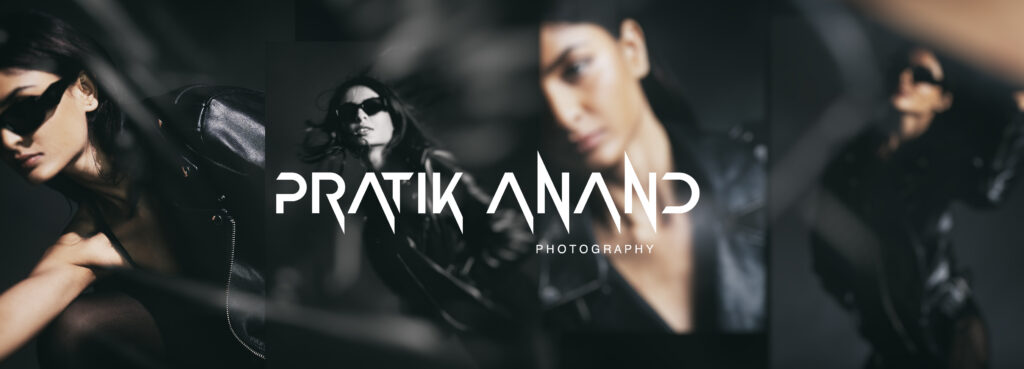Table of Contents
Introduction
One of the most effective techniques in fashion photography is still studio flash photography. In contrast to natural light, studio flash gives you complete control over the light’s quality, direction, mood, and power. However, in order to fully utilize it, photographers must become proficient in camera settings that complement studio strobes.In this article, we’ll break down the key camera settings for studio flash photography, explain their practical applications, and share tips to help you shoot sharper, cleaner, and more intentional images in 2025.
1. Shutter Sync Speed Logic with Flash Duration
The maximum sync speed of most cameras is typically between 1/160s and 1/250s. Your camera can expose the full sensor to the flash at this shutter speed without creating undesired black bars.Flash duration is much faster (often 1/1000s – 1/10,000s), meaning the flash itself freezes the subject. Therefore, your shutter speed mainly determines how much ambient light mixes with your flash exposure, not how sharp your subject is.
2. Why Flash Duration is More Important than Shutter Speed to Freeze Subject

With flash, the opposite is true, contrary to what many photographers believe, which is that faster shutter speeds are necessary to freeze motion.
For instance, even if your shutter is set to 1/200s, a jumping model will be frozen if your flash duration is 1/2000s. In a manner that the camera shutter cannot, the brief flash of light serves as the “real shutter,” stopping motion.
3. Shutter Speed and Ambient Light Relation
Shutter speed controls how much ambient light (like practical lights, windows, or set lamps) enters your frame.
Example: Shooting at 1/200s in a studio with no windows results in pure flash exposure. Shooting at 1/60s in a studio with decorative bulbs allows some warm ambient glow to mix with your flash-lit subject.
Smart Tip: Use slower shutter speeds creatively to balance flash with ambient styling elements.
4. Relation of Aperture and Depth of Field with Studio Flash Light
Aperture serves two purposes:
- Controls exposure from the flash.
- Controls depth of field (how much of the image stays in focus).
Example: Shooting at f/8 in fashion ensures the entire outfit stays sharp. Shooting at f/2.8 creates dreamy, selective focus portraits.
5. Aperture Effects on Flash Power

Unlike ambient shooting, changing aperture has a direct impact on flash exposure.
Example: If your flash is correctly exposed at f/8 and you open to f/4 without adjusting flash power, your image will be 2 stops overexposed.
Always balance aperture with flash intensity for consistent results.
6. ISO and Its Effect on Flash & Ambient Light
ISO increases the sensor’s sensitivity to ambient light and flash. High ISO is rarely required in studio photography, though. Full dynamic range and clean, noise-free files are guaranteed with a low ISO (such as 100 or 200).
7. ISO Sensitivity in Studio Light (Ideal ISO Example)
Example:
- At ISO 100, flash at 1/16 power may give you f/8.
- At ISO 400, the same flash power will give you f/16 (too bright for most fashion work).
The best practice is to stick to ISO 100–200 for clean studio results.
8. What is a Light Meter and Why Not to Fully Rely on It
The flash is measured by a light meter, which also recommends aperture settings. Although helpful, it ignores creative intention (such as mood, contrast, or priority).
For instance, a meter would recommend f/11, but as a fashion photographer, you might prefer f/5.6 for shallow depth of field and softer tones.
Instead of using meters as a final rule, use them as a beginning point.
9. Three Ways to Control Light in Studio
You can adjust exposure in three main ways:
- Flash Intensity (Power) – reduces or increases brightness.
- Flash Distance to Subject – closer makes it brighter and softer, farther makes it darker and harder.
- Aperture – lets in more or less light.
Mastering this triangle gives you full creative control.
10. Importance of Intention and Vision Before Shooting
Settings are technical, but your vision is artistic. Before adjusting numbers, ask yourself:
- Do I want a clean, high-fashion sharp look (f/8, neutral tones)?
- Do I want a moody, cinematic portrait (f/2.8, selective focus, slower shutter for ambient)?
The best photographers do not just set exposure, they set mood.
Additional Tips for 2025 Studio Photographers

- Shoot tethered: Use Capture One or Lightroom to see real-time adjustments and maintain consistency.
- Use color calibration tools: A ColorChecker ensures your skin tones and clothing colors are accurate—crucial in fashion.
- High-Speed Sync (HSS): Modern flashes allow shooting above sync speed, useful for balancing flash with strong continuous light sources.
- Consistency is key: Take test shots, note your favorite f-stops, and build a personal workflow.
Conclusion
Technical settings are only one aspect of studio flash photography; another is purposeful light control. You may confidently and precisely shape your photos by knowing how shutter speed, aperture, ISO, and flash duration work together.
In particular, fashion photography requires control, inventiveness, and consistency. Remember this the next time you enter the studio: your camera settings are the cornerstone of your creative vision, not just a collection of data.
